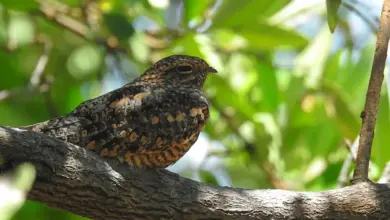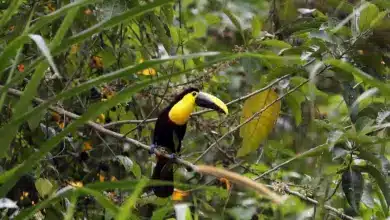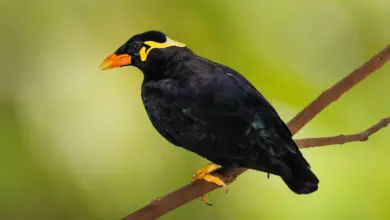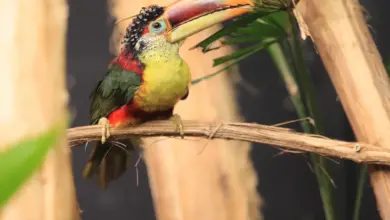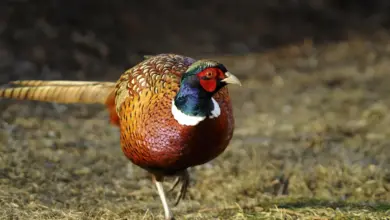The disappearance of the dodo bird (Raphus cucullatus) from the face of the earth almost 400 years ago is one of our most well-known extinction stories. It’s an infamous case in the history of humankind’s relationship with wildlife because it marks one of the first, confirmed instances in which our species completely obliterated another species.
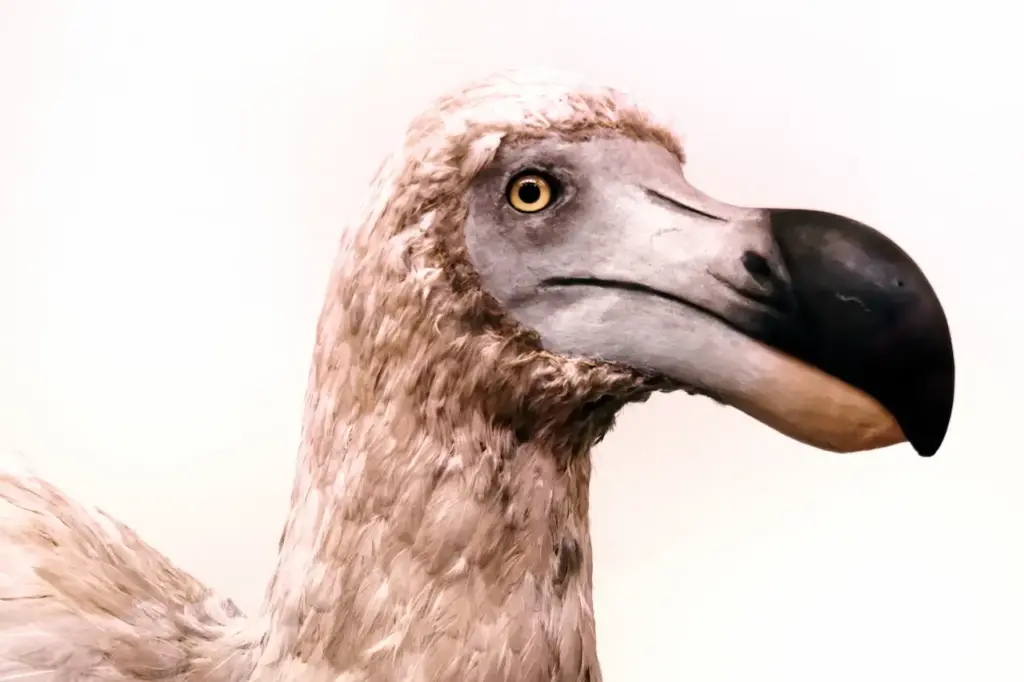
A Version Of The Dodo Bird Is Still With Us—And We’re In Danger Of Losing This One, Too
However, the Manumea bird (Didunculus strigirostris), a smaller, lookalike dodo relative—it is also called the tooth-billed pigeon —still remains in existence on two islands in Samoa. The Manumea’s genus name, Didunculus, means “little dodo,” and like it’s larger, extinct cousin, the bird is also a member of the pigeon family. Unfortunately, another thing the Manumea may soon have in common with the dodo bird is extinction.
The little dodo lives only on the Samoan islands of Upolu and Savai’i. Between the two populations, as many as 7,000 of the birds were thought to exist in the 1980s; since then, due to habitat destruction and hunting by humans, numbers have collapsed to a few hundred individuals. Conservationists currently are trying to learn more about the species in order to come up with an effective recovery plan before it’s too late. Captive breeding of the little dodo is one of the measures being considered.
The International Union for the Conservation of Nature (IUCN) lists the little dodo as Endangered, and is considering changing the bird’s status to Critically Endangered.
The extinct dodo was a large—one meter, or 3.3 feet tall, and from 10–18 kg, or 22–40 pounds in weight—and flightless bird that lived on the Island of Mauritius, east of Madagascar in the Indian Ocean. Europeans received their first reports of the dodo bird around 1600—and in less than 100 years, they were gone, having been killed for food by the crews of visiting sailing vessels.
If we are able to save the little dodo, perhaps our actions will at least partially atone for our species’ destruction of the large dodo all those centuries ago.
